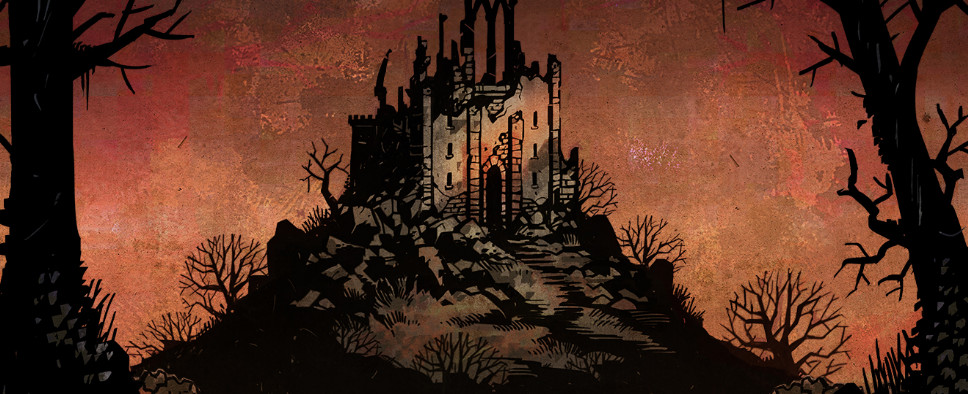Darkest Dungeon Review
-
Category: ReviewsHits: 14113

Article Index
Darkest Dungeon is a turn-based role-playing game from Red Hook Studios. It's unusual in that while it has a random campaign filled with random quests, it's not really a roguelike, and while it contains all the combat one could possibly want, its focus is more on the punishing aspects of adventuring rather than the glory. So Darkest Dungeon provides an unusual mix of ideas, which is always nice to see in these days of increasingly vanilla games.
When Darkest Dungeon starts up, you're given a pair of heroes, and you're tasked with making your way to the hamlet where your family estate is located. This tutorial trip isn't easy -- you might lose one or both of your heroes before it ends -- but it's a sign of things to come. Heroes in the game take damage and get stressed, contract diseases and quirks, starve if they're not properly fed, and have heart attacks if they're pushed too far. Keeping your heroes in working order is just as important as gaining them levels and equipping them with the best loot.
Heroes in Darkest Dungeon can be one of 15 classes, including Crusader (melee tank), Vestal (healer), Grave Robber (knife thrower), and Antiquarian (gold finder). You don't get to pick the class for your heroes; they just show up once a week on a stagecoach, and you select the ones you want to add to your roster. Heroes automatically receive a weapon and armor, they have seven possible combat skills they can use (only four of which can be active at once), and they can wear a pair of trinkets. The weapons, armor and skills are fixed, although you can upgrade them by spending gold. You only get to choose your heroes' skill loadout and the trinkets they wear.
As an example, the Grave Robber's seven skills are Flashing Daggers (double knife throw), Lunge (melee attack with movement), Pick to the Face (melee attack), Poison Dart (damage over time attack), Shadow Fade (stunning attack with movement), and Thrown Dagger (single knife throw). So you have to decide things like if you want your Grave Robber to be melee or ranged, how much you want her to move around, and what types of attacks you want her to make -- and then equip her with trinkets that hopefully complement those decisions.
The skills are actually more complicated than they look. When you pick four heroes to go out adventuring together, each one is placed in a certain position in the group, and that ends up being important because skills can only be used in certain positions, and they can only hit certain positions in the enemy's ranks. So along with everything else, you have to make sure that your heroes are useful in the position you're putting them in, and that they can do useful things against a variety of enemy positions. One of the more annoying attacks enemies can make is to shuffle your adventuring group around so everybody is in the wrong place (which is why movement skills can be important; otherwise heroes have to waste a turn in combat changing their position).
You start off each week in the hamlet with your estate. You can send four of your heroes off to complete a quest while the rest of your heroes kick back and recuperate. Two of the buildings in the hamlet (the tavern and the abbey) reduce stress, while another (the sanitarium) deals with diseases and quirks. You also have buildings that sell trinkets, improve your heroes' weapons and armor, and add / upgrade skills. The buildings start out very basic, but you can improve them as you play by spending heirlooms (found during quests) on them. Any hero who isn't sent to a building simply relaxes and eliminates a bit of stress for free.

